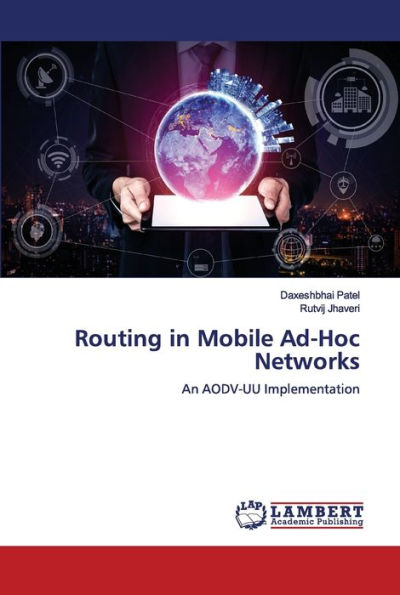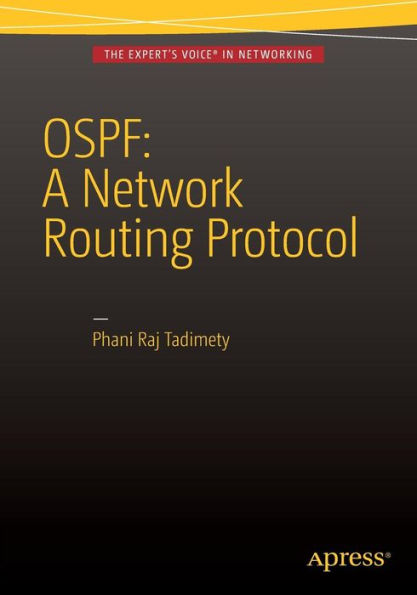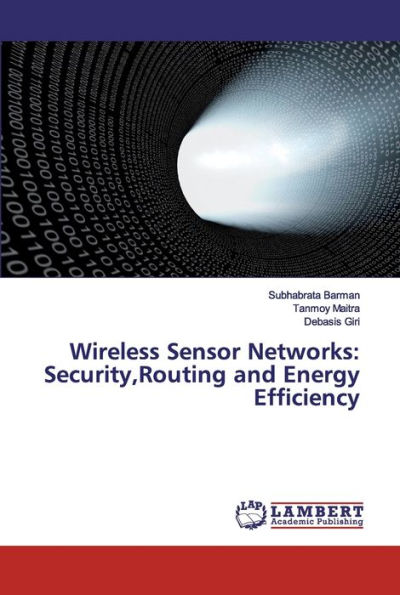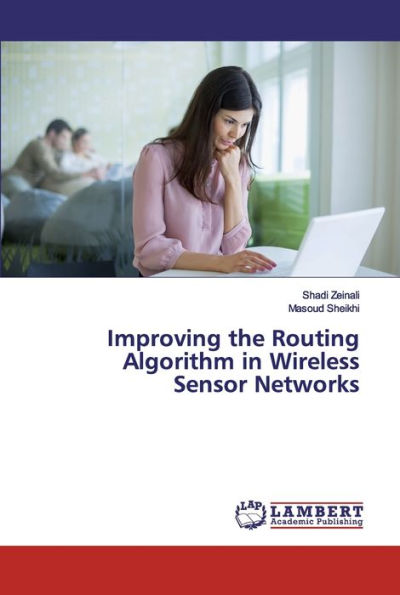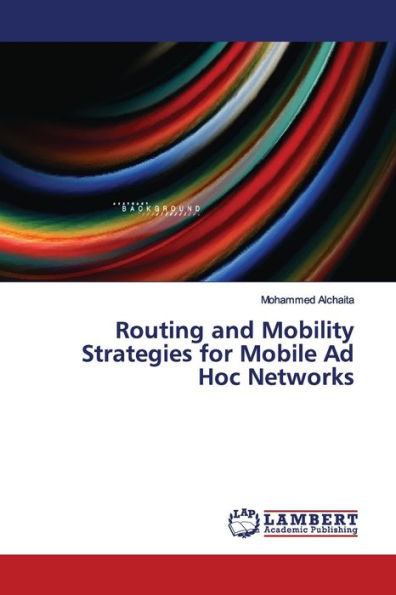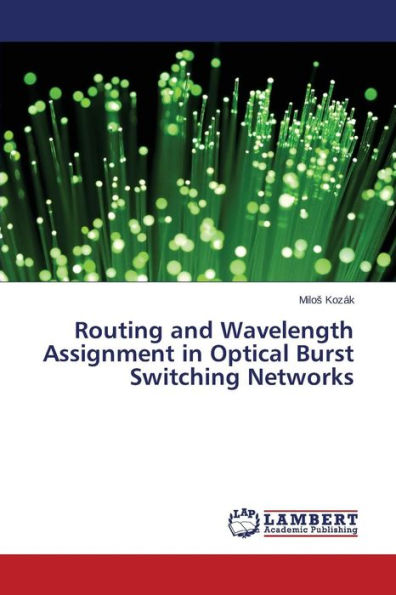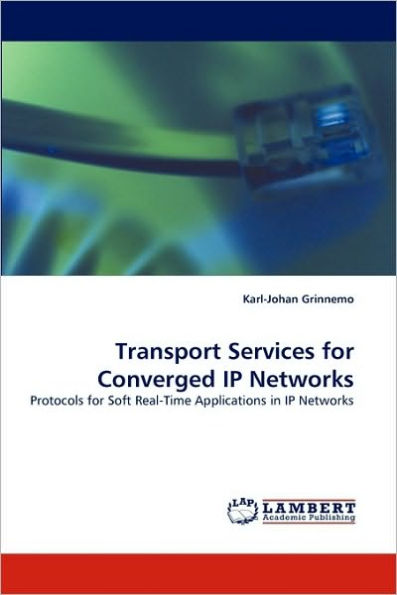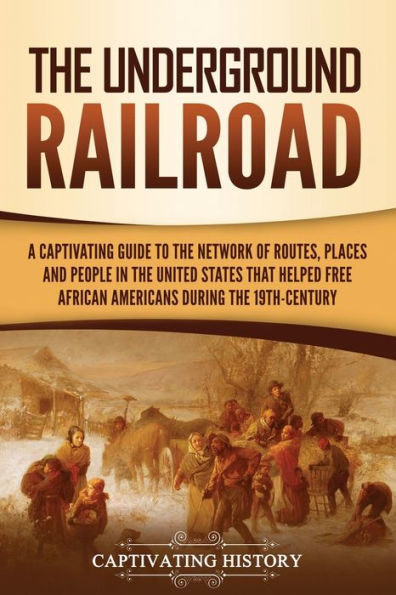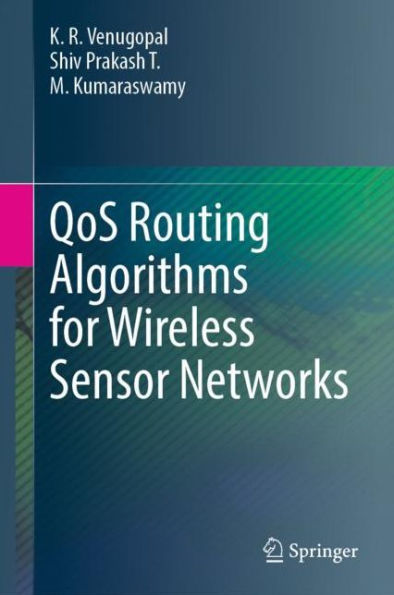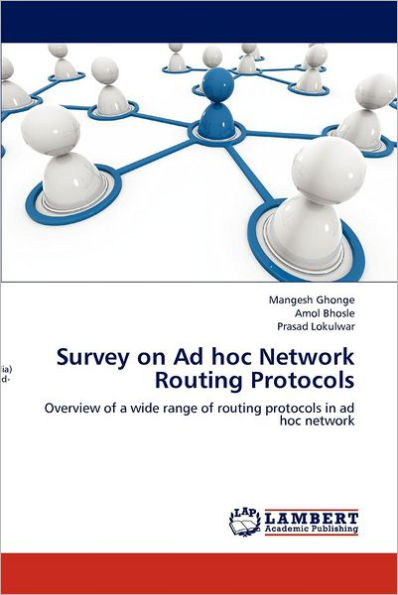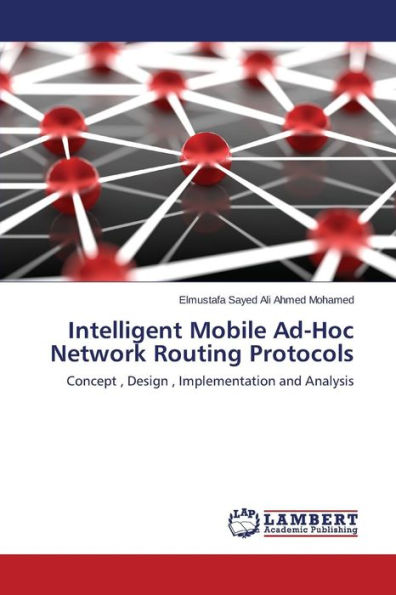Home
Route Choice: Wayfinding in Transport Networks: Wayfinding in Transport Networks


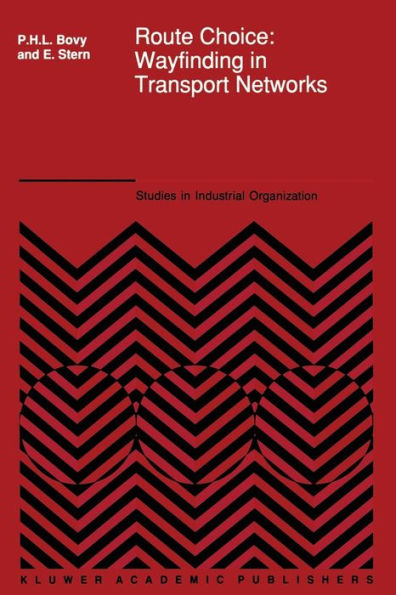
Route Choice: Wayfinding in Transport Networks: Wayfinding in Transport Networks
Current price: $54.99
Loading Inventory...
Size: OS
With the ever increasing number of opportunities, in every aspect of modem life, making choices becomes part of our daily routine. It is thus only natural that social scientists have started to study human choice behavior. Early efforts focused on modeling aggregate choice patterns of home buyers, shoppers, travelers, and others. Later studies, aiming to achieve more realistic results, have concentrated on simula ting disaggregate behavior. The most recent approach in choice research is the so-called Discrete Choice Modeling. It is a front-line area mainly in contemporary transportation, geography, and behavioral research. It focuses on individuals' decision-making processes regarding the choice of destinations, modes, departure times, and routes. Considerable research has been done on identifying and quantify ing the general rules governing the individuals' choice behavior, but to the best of our knowledge there is no single book that solely deals with route choice. The study of travelers' route choice in networks is primarily oriented towards gaining insight into their spatial choice behavior. How do people choose routes in a network, what do they know, what do they look for, which road characteristics playa role? On the basis of this information it is possible to design quantitative models aimed at predicting the use of routes dependent on the characteristics of the routes, those of the surrounding environment, and those of the travelers. In this way, traffic flows in the network can be calculated and the network performance can be evaluated.
